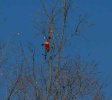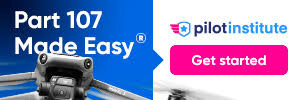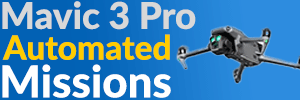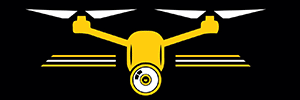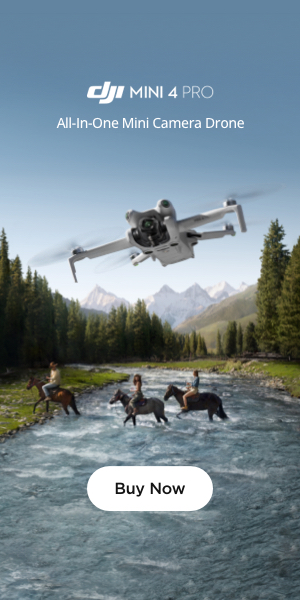Dronecation
Well-Known Member
There is some confusion here. Some are suggesting that white is “brightest” when in fact all colours emitted with the same power output are of equal “brilliance.” It is the colour spectrum and how we see it that makes a difference.
On the light spectrum, colours to the red end have shorter wavelengths and to the other end, the wavelengths are longer, so given the same power output, the higher the wavelength are more discernable to the human eye.
White light is an amalgam of all the colour spectrum and has a wider wavelength and this is why it is easier to see,
There are further complications with human eye perception and that is CVD (colour blindness) which is a deficiently in the rods and cones of the eye which are unable to discern various wavelengths (usually along the red/green access) and whilst a small proportion of the population have a pronounced CVD, we all have varying degrees of non sensitivity to parts of the colour spectrum. This is why white light seems “brighter.”
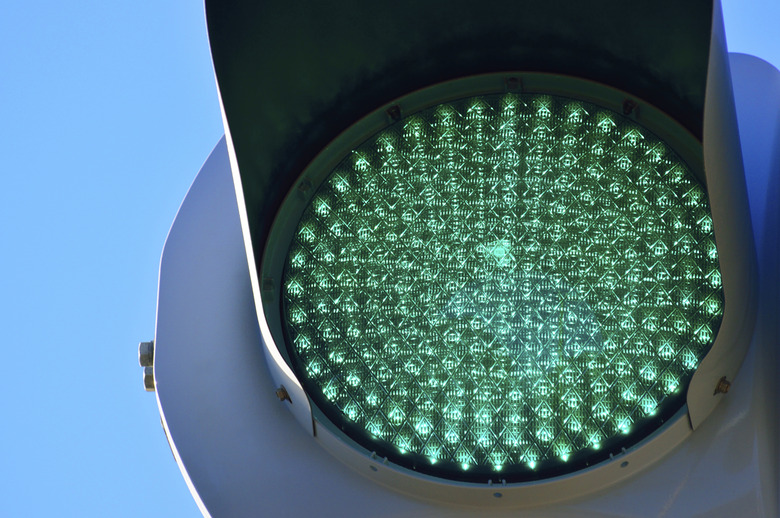
What Are The Most Visible Colors From A Distance?
Color travels in waves, which are loosely divided into short, medium and long in length. Because colors travel at different wavelengths, some are easier to see than others, but the amount of light is also a factor. In general, however, green is the most visible color from a distance.




